10 Things You May Not Know About Ocean Parkway
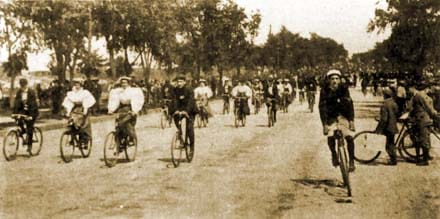
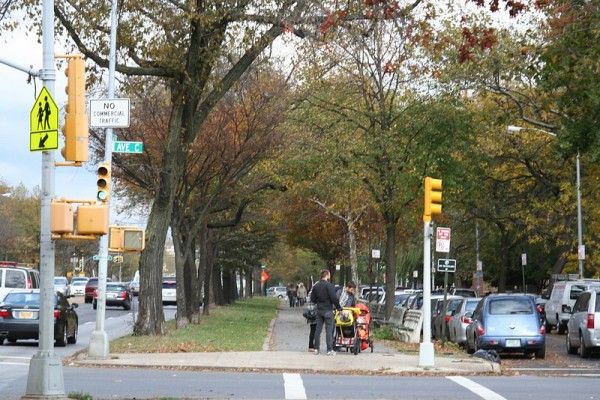
The 5.5-mile-long Ocean Parkway runs north/south through the heart of Kensington. Today, flocks of children amble along the pedestrian path, older folks play chess on city provided tables, and vehicles race to beat traffic lights.
But have you wondered if this was the original intention of Ocean Parkway?
The answer is both yes and no.
And so we present 10 things you may not know about Ocean Parkway…

1. Brooklyn was its own city when Ocean Parkway was designed and built. As mayor of the city of Brooklyn, Frederick Schroeder presided over the construction of Ocean Parkway, built between 1874-1876. During that time, the Brooklyn Bridge and the first elevated trains were also being built.
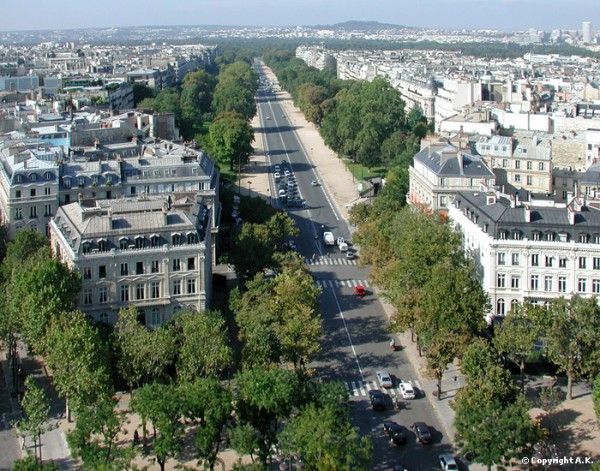
2. It’s widely known that Frederick Law Olmsted and Calvert Vaux modeled Ocean Parkway after Avenue de L’Impératrice (now Avenue Foch) in Paris. What’s less known is that Ocean Parkway was to be one of four spokes originating at Prospect Park and spanning across stretching across Brooklyn. Eastern Parkway was the only other of these thoroughfares actually built, even though it didn’t reach its intended stopping point. (Photo of Avenue Foch via Studio AK)
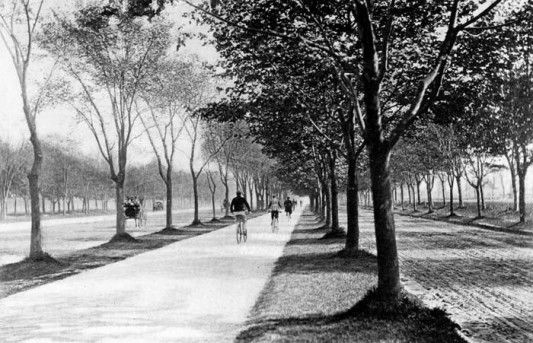
3. Bikes were becoming safer and therefore more popular during the time Ocean Parkway was designed and built. Olmsted took this into account. He widened the esplanade and designated a portion specifically for bikes. America’s first bike path opened in 1894. (Photo via NYC Parks)

4. Bike traffic clogged Ocean Parkway since the day it was open to wheelmen. 10,000 cyclists reportedly swarmed the bike path on its opening day. By 1896, the path was widened to accommodate demand. In an effort to curb racing, the bike speed limit was 12 miles per hour on the path, and 10 miles per hour on the Parkway. (Photo via Brooklyn Public Library/TransAlt)
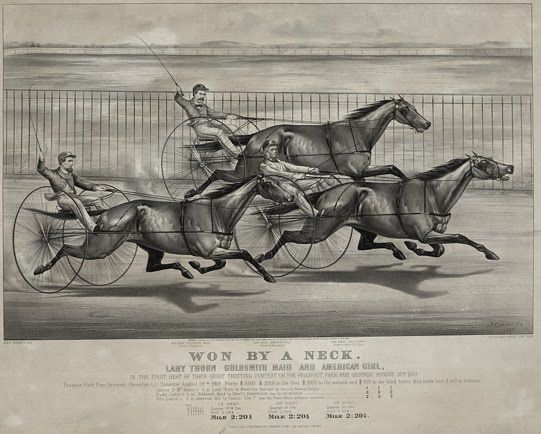
5. Cyclists weren’t the only ones racing along Ocean Parkway. At least 6 jockey clubs competed along Ocean Parkway, each with its own private track. Though horse racing ended at those tracks in 1908 when open betting was banned, bridle paths on the Parkway remained until the 1970s. (Currier and Ives print of Parade Ground race via Stevapalooza)

6. In addition to being credited as the first bike path, Ocean Parkway is also considered America’s first greenway. The tree-lined pedestrian and bike paths separates the through-traffic from the local traffic and residences. The arterial road/main road setup is now suspected to be unsafe for pedestrians, and Ocean Parkway is the often named the most fatal street for them in Brooklyn. Sadly, the most recent pedestrian fatality occurred in June.
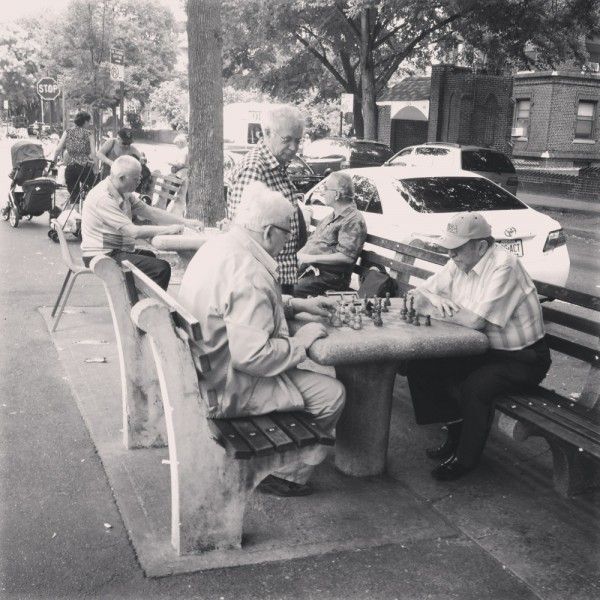
7. Olmsted designed the greenway hypothesizing that, in addition to being a relaxing promenade, people would want to live along Ocean Parkway’s arterial side streets. During World War I, mansions were built along the perimeter, and after World War II, apartment buildings. Currently, realtors are marketing a resurgence in Ocean Parkway apartments and houses.

8. Ocean Parkway originally began at Prospect Park’s Park Circle (the circle of of grass and greenery there is known as Police Officer Robert Machate Circle). In the 1950s Robert Moses usurped the northern section for the Prospect Expressway. Ocean Parkway was controversially landmarked on January 28, 1975 to thwart further corruptions of the design. City residents debated which was more important: preserving the intent of Ocean Parkway and risk losing federal funding, or widening the traffic lanes to improve safety but at the loss of the pedestrian paths.
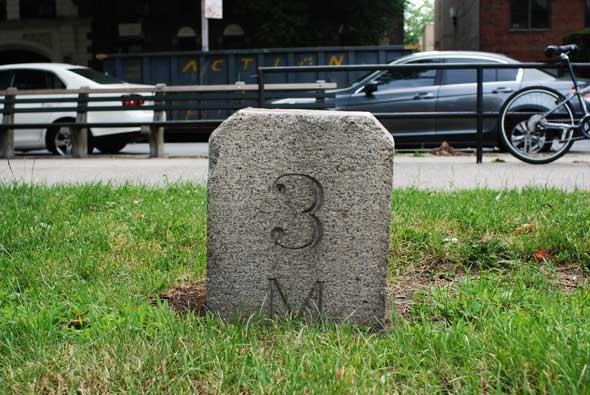
9. Hints of historic Ocean Parkway are layered under more recent additions — or have been completely stripped away. An engraved stone 5-mile marker (5 miles from Prospect Park Circle) was removed (or stolen?), and so the last engraved stone mile marker, 3M, is somewhat preserved at Ave P. (Photo via Sheepshead Bites)

10. One of the more recent additions to Ocean Parkway is a series of fish plaques that are embedded in the malls. They can be found at nine intersections, and they feature ocean creatures with names that coordinate (for the most part) with the initial letter of that cross-street: Avenue C clam, Cortelyou cod, Ditmas dolphin, 18th Avenue anchovies, Webster whale, Newkirk needlefish, Lawrence leatherback, Parkville puffer, and Foster flounder. Some can be found on both sides of the malls, but others — the clam, whale, and leatherback — are only located on the western side of the Parkway, with the bike path.
Do you have any favorite historical facts about Ocean Parkway? Please share them with us in the comments.



